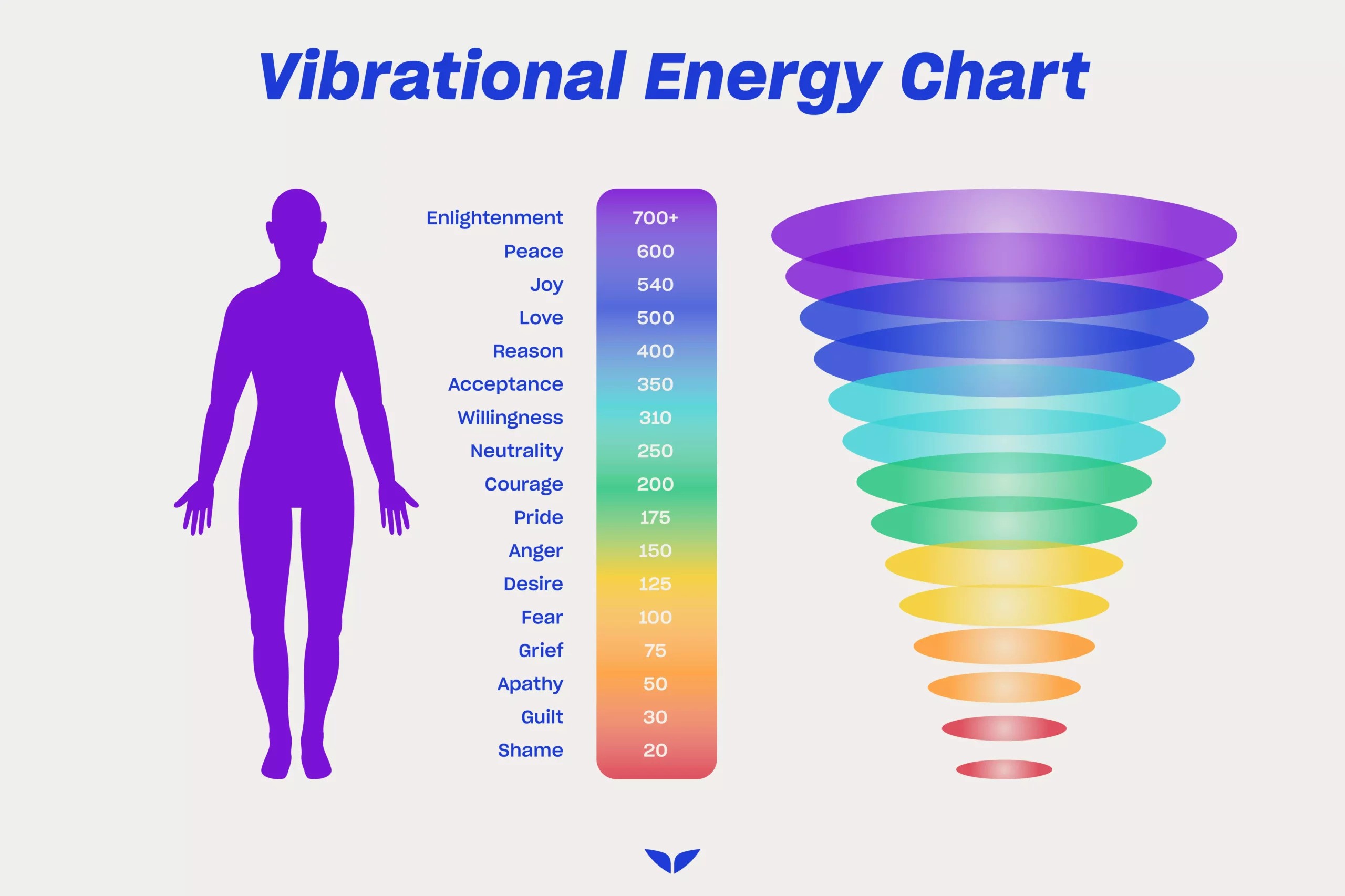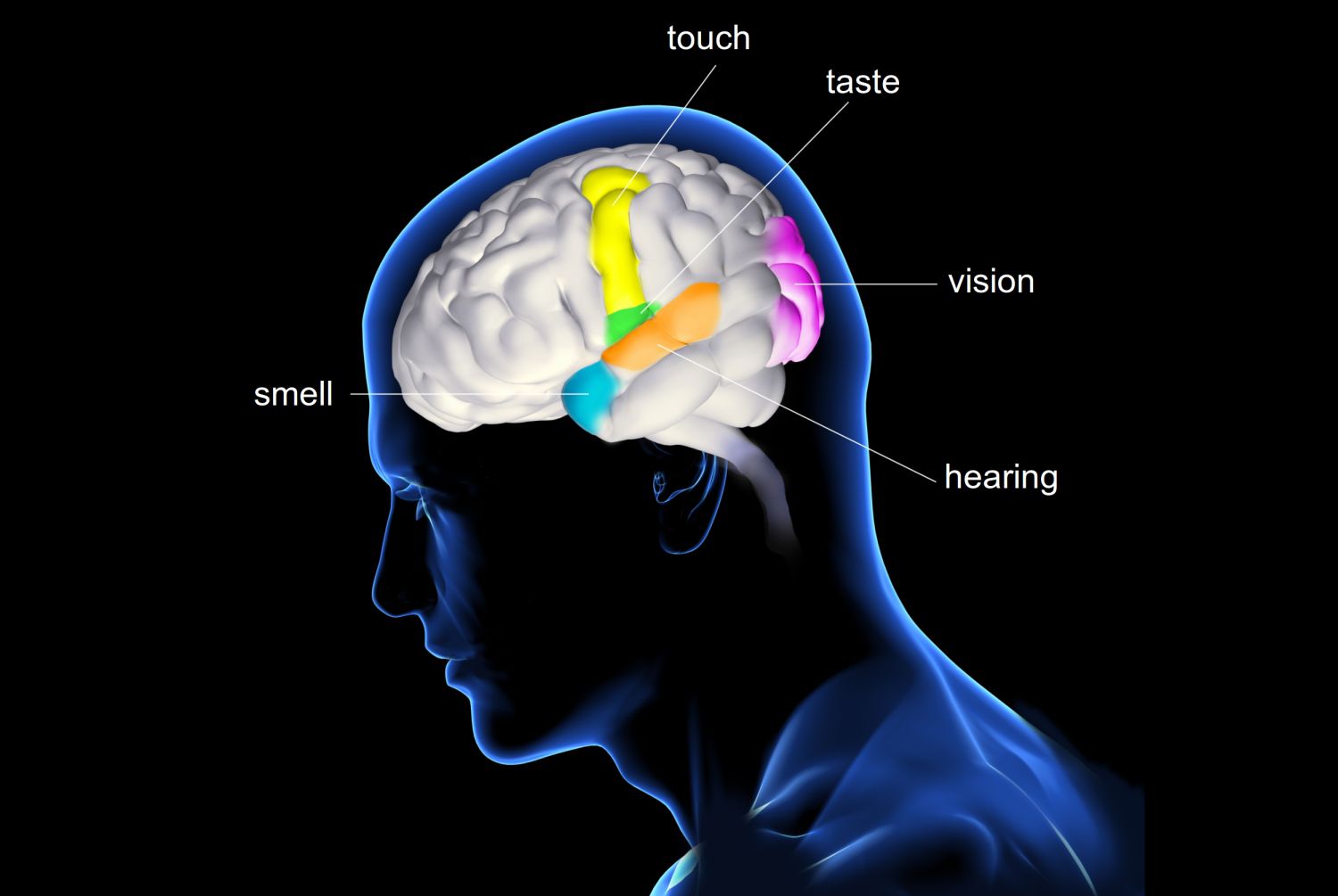Does Meditation Cure Anxiety?
Mindfulness-based meditation is the most common type of meditation used in the treatment of anxiety disorders. Jon Kabat-Zinn, the founder of the mindfulness-based stress reduction (MBSR) approach, started the mindfulness movement, which gave birth to this type of meditation.
The relationship between mindfulness meditation and its ability to reduce symptoms of depression, anxiety, and the pain was investigated in a review study conducted at Johns Hopkins last year. The effect size of meditation, according to Madhav Goyal and his colleagues, was moderate, at 0.3. If this seems insignificant, keep in mind that the effect size for antidepressants is also 0.3, making the effect of meditation appear to be quite significant. After all, meditation is a form of active brain training.
How does meditation cure anxiety and depression
Depression is triggered by stress and anxiety, and meditation can help you change how you react to those feelings. Dr. John W. Denninger, director of research at Harvard, says that meditation "trains the brain to achieve sustained focus and to return to that focus when negative thinking, emotions, and physical sensations intrude — which happens a lot when you're stressed and anxious."
Meditation has been shown to alter specific brain regions that are linked to depression. Scientists have discovered that in depressed people, the medial prefrontal cortex (mPFC) becomes hyperactive. The mPFC is known as the "me center" because it processes information about yourself, such as worrying about the future and ruminating on the past. The mPFC goes into overdrive when people are stressed about their lives.
The amygdala, or "fear center," is another brain region linked to depression. The fight-or-flight response, which causes the adrenal glands to release the stress hormone cortisol in response to fear and perceived danger, is controlled by this part of the brain.
Depression is caused by the interaction of these two brain regions. When you're stressed or anxious, your me center gets worked up, and your fear center responds by spiking your cortisol levels to protect you from a threat that only exists in your head. Meditation has been shown to help break the connection between these two brain regions, according to research. You are better able to ignore the negative sensations of stress and anxiety when you meditate, which explains, in part, why stress levels fall when you meditate.
Meditation also protects the hippocampus, which is another way it benefits the brain (a brain area involved in memory). People who meditated for 30 minutes a day for eight weeks increased the volume of gray matter in their hippocampus, according to one study, and people who suffer from recurrent depression have a smaller hippocampus, according to other research.
Types of meditation for anxiety and depression
Meditation can be done in a variety of ways, including:
1. Meditation with a guide. This type of meditation, also known as guided imagery or visualization, involves creating mental images of places or situations that you find relaxing.
You try to use all of your senses, including smells, sights, sounds, and textures. A guide or teacher may accompany you through this process.
2. Mantra meditation is a type of meditation that involves repeating a To avoid distracting thoughts, you silently repeat a calming word, thought, or phrase in this type of meditation.
3. Mindfulness meditation. Meditation that focuses on the present moment. Being mindful, or having a greater awareness and acceptance of living in the present moment, is the foundation of this type of meditation.
You broaden your conscious awareness by practicing mindfulness meditation. During meditation, you concentrate on what you're feeling, such as the flow of your breath. You can observe your thoughts and emotions but not judge them as they pass.
How To Practice Meditation For Anxiety
1. Bring your focus to the present moment. The invitation is to pay attention to our experience in a broader and more open way that doesn't involve selecting, choosing, or evaluating, but rather simply holding—becoming a container for present thoughts, feelings, or bodily sensations and seeing if we can watch them from one moment to the next.
2. Concentrate on your breathing. Let go of the widescreen and concentrate on breathing in one area of your body—the breath of the belly, or the chest, or the nostrils, or anywhere else where the breath makes itself known—and maintain that more concentrated focus.
3. Bring your focus to your own body.
Returning to a wider and more spacious container of attention for our experience, become aware of sensations in the entire body, sitting with the entire body, the entire breath.
The goal of meditation is not to push stress aside or to block out negative thoughts, but to become aware of those thoughts and feelings while also understanding that you don't have to act on them. It could be as simple as closing your eyes and repeating a single phrase or word, or it could be as complicated as counting breaths. Dr. Denninger explains, "This helps provide some distance from those negative thoughts or stressful feelings, allowing you to recognize that, while they affect you, they are not you."



